Home>diy>Architecture & Design>How To Design Closets In A House
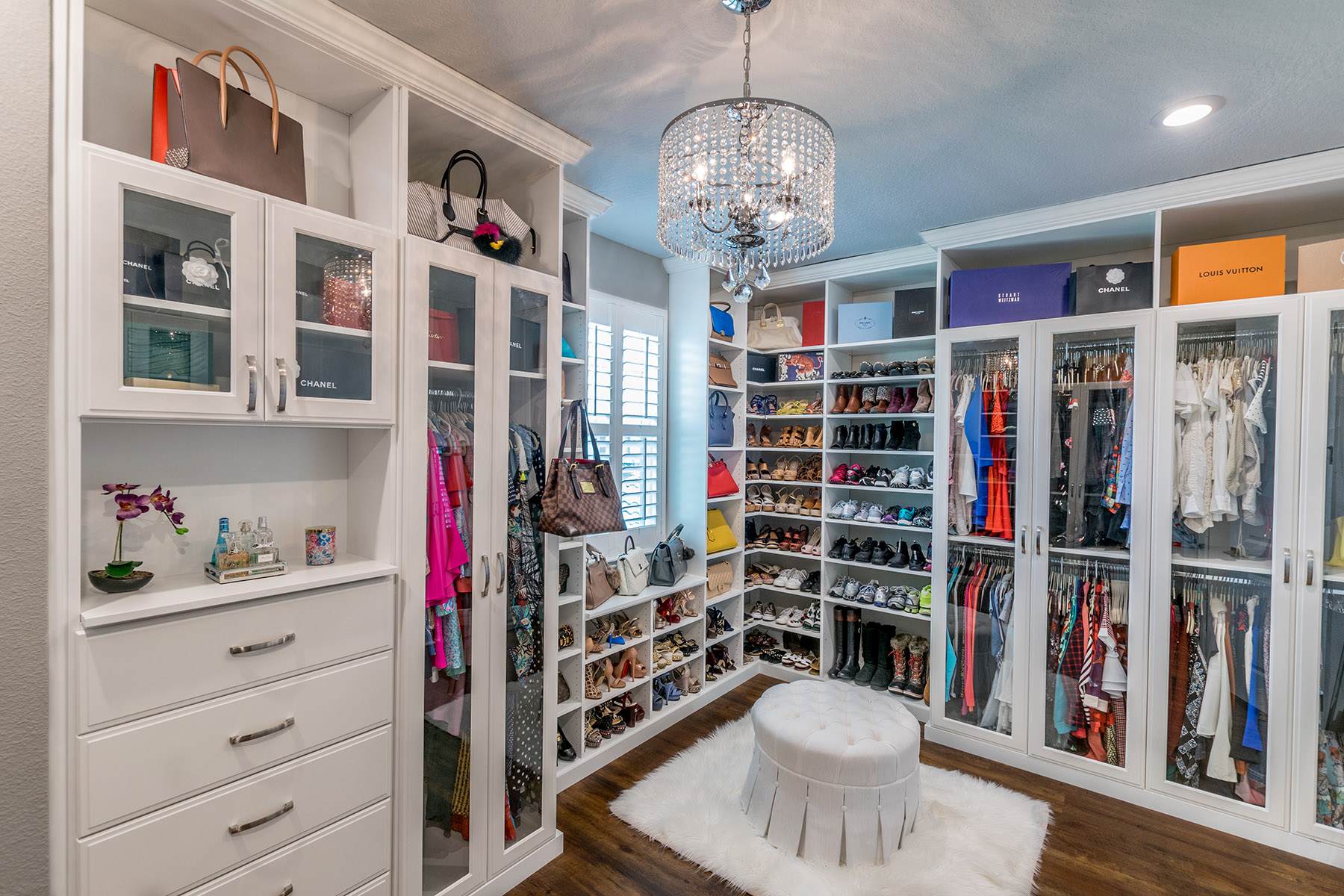

Architecture & Design
How To Design Closets In A House
Modified: January 18, 2024
Learn how to design beautiful and functional closets in your house with our expert tips and tricks. Discover innovative architecture design ideas to optimize your storage space.
(Many of the links in this article redirect to a specific reviewed product. Your purchase of these products through affiliate links helps to generate commission for Storables.com, at no extra cost. Learn more)
Introduction
Welcome to the world of designing closets in a house! The process of creating functional and aesthetically pleasing storage spaces can greatly enhance the overall organization and efficiency of a home. A well-designed closet not only provides ample storage but also adds value and charm to the living space.
When it comes to closet design, there are several factors to consider, including assessing space and functionality, determining storage needs, choosing closet design options, incorporating organizational solutions, maximizing space efficiency, selecting materials and finishes, considering lighting options, and adding personal touches and accessories. By carefully considering each of these elements, you can create a customized closet that meets your specific needs and enhances the overall design of your home.
Whether you are designing a walk-in closet, a reach-in closet, or a wardrobe closet, the principles of effective closet design remain the same. In this article, we will explore each stage of the closet design process, providing you with valuable insights and practical tips to help you create the perfect storage solution for your home.
So, let’s dive into the exciting world of closet design and discover how to transform ordinary spaces into efficient and stylish storage areas.
Key Takeaways:
- Transform ordinary closets into efficient and stylish storage solutions by carefully assessing space, determining storage needs, and incorporating organizational solutions. Maximize space efficiency and select materials and finishes that align with your personal style to create a functional and visually appealing closet.
- Elevate the design of your home by adding personal touches and accessories that showcase your unique style. From decorative hooks and mirrors to seating and artwork, make your closet a reflection of your personality and preferences.
Read more: How To Connect A Porch Roof To House
Assessing Space and Functionality
Before diving into the design process, it’s crucial to assess the available space and determine the functionality you want your closet to serve. The size and layout of the area will dictate the type of closet design that is most suitable.
Start by measuring the dimensions of the space, including the height, width, and depth. This information will help you determine the maximum storage capacity and guide your decisions throughout the design process.
Next, consider the specific requirements and functionality of the closet. Are you designing a closet for your bedroom, bathroom, or entryway? Will it primarily be used for clothing storage, or do you need additional space for accessories, shoes, or other items? Understanding the purpose of the closet will help you determine the layout and features that will best serve your needs.
Take into account any architectural constraints, such as sloped ceilings, angled walls, or limited floor space. These factors may require creative solutions to maximize storage and usability.
Additionally, consider the users of the closet. Are you designing a shared closet that needs to accommodate multiple people, or is it strictly for personal use? This information will help you determine the number and configuration of shelves, hanging rods, and other storage elements.
Finally, think about the overall design and aesthetic of the space. Do you prefer a minimalistic look or a more luxurious feel? The style and theme of the room should align with the design of the closet to create a cohesive and visually pleasing atmosphere.
By carefully assessing the space and functionality requirements, you can lay the foundation for a successful closet design. This stage will guide your decision-making process throughout the rest of the project, ensuring that the final result is a closet that not only looks great but also meets all your storage needs.
Determining Storage Needs
Once you have assessed the space and functionality requirements, it’s time to determine your specific storage needs. This stage involves taking stock of your belongings and understanding the types of items you need to store in the closet.
Start by categorizing your items. Divide them into different groups, such as clothing, shoes, accessories, handbags, and other miscellaneous items. This classification will help you determine the specific storage solutions required for each category.
Consider the quantity of each item category. Do you have more shirts than pants? Are your shoes predominantly flats or heels? Understanding the quantity of items will guide your decisions when it comes to the number and size of storage components, such as shelves, drawers, or hanging rods.
Next, analyze the specific storage requirements for each item category. For example, clothing may require a combination of hanging space and folded storage, while shoes may require dedicated shelving or shoe racks.
Think about any specialty items that require specific storage solutions, such as jewelry, belts, or ties. Determine whether you need compartments, hooks, or other accessories to accommodate these items.
Consider any seasonal or occasional storage needs. Do you need space for bulky winter coats or formal dresses that are only worn for special occasions? Incorporating these requirements into the design will ensure that your closet can adapt to your changing needs throughout the year.
Remember to account for future growth. While it’s important to design a closet that meets your immediate storage needs, it’s also wise to consider potential future belongings. Leave room for expansion and flexibility to accommodate any additional items that may come along.
By determining your storage needs early on, you can design a closet that effectively organizes and stores your belongings. This stage ensures that you have the right amount of space for each category of items and allows for efficient and practical storage solutions throughout the closet design.
Choosing Closet Design Options
With a clear understanding of your space and storage needs, it’s time to explore various closet design options. There are several popular styles and configurations to consider, each with its own advantages and aesthetic appeal.
1. Walk-in Closets: Walk-in closets are spacious and provide ample room for organizing your belongings. They typically feature a combination of hanging space, shelving, drawers, and even seating areas. Walk-in closets offer a luxurious and functional storage solution, perfect for master bedrooms or larger spaces.
2. Reach-in Closets: Reach-in closets are narrower, but they can still provide effective storage solutions. These closets typically feature one or two doors and utilize vertical space to maximize storage capacity. Reach-in closets are commonly found in bedrooms, entryways, or smaller spaces.
3. Wardrobe Closet: A wardrobe closet is a freestanding unit that functions as a compact and versatile storage solution. It often includes a combination of hanging space, shelves, and drawers to accommodate a variety of items. Wardrobe closets are a great option for spaces where built-in closets are not available.
4. Customizable Systems: Customizable closet systems offer unparalleled flexibility in designing your storage space. These systems typically feature modular units that can be arranged and rearranged to suit your specific needs. With options like adjustable shelving, hanging rods, and accessories, you can create a personalized storage solution that adapts to your changing requirements.
Consider the layout and dimensions of your space when choosing the closet design option. Ensure that the chosen design can effectively utilize the available area and provide convenient access to your belongings.
Additionally, factor in your personal preferences and lifestyle. Do you prefer an open concept or a closed-off design? Would you like to incorporate a vanity or a seating area within the closet? These design elements can add functionality and make your closet a comfortable and enjoyable space.
By choosing the right closet design option, you can create a storage space that not only meets your storage needs but also reflects your personal style and enhances the overall design of your home.
Incorporating Organizational Solutions
Once you have selected a closet design option, it’s time to focus on incorporating organizational solutions that will help maximize the efficiency and usability of your storage space. Here are some ideas to consider:
1. Adjustable Shelving: Install adjustable shelves to accommodate items of varying heights. This allows you to customize the shelf spacing based on your specific needs and make adjustments as your storage requirements change over time.
2. Hanging Rods: Incorporate multiple hanging rods at different heights to maximize vertical space. This provides ample room for hanging clothes such as shirts, dresses, and coats. Consider adding double hanging rods for smaller items like pants or skirts.
3. Drawers and Bins: Include drawers and bins to store folded clothing, accessories, or smaller items. Utilize drawer dividers or organizers to keep items neatly separated and easily accessible.
4. Shoe Racks: Dedicate space for shoes by installing shoe racks or shelves. Consider using vertical shoe racks or shoe cubbies to maximize storage capacity and keep your shoe collection organized and visible.
5. Hooks and Pegboards: Hang hooks or install pegboards on the closet walls to create additional storage space for hats, scarves, belts, or bags. This allows you to maximize wall space and keep frequently used items easily accessible.
6. Baskets and Bins: Use baskets or bins to corral smaller items or group similar items together. This not only helps with organization but also adds a stylish touch to the overall design of the closet.
7. Jewelry Organizers: Incorporate jewelry organizers, such as trays, hanging racks, or velvet-lined drawers, to keep your jewelry collection organized and protected.
8. Accessory Storage: Don’t forget about accessories! Consider incorporating dedicated storage solutions for items like ties, belts, hats, or handbags. Use hooks, racks, or specialized organizers to keep these items tidy and easily accessible.
Remember to plan for additional organizational solutions based on your specific needs, such as laundry hampers, ironing boards, or folding tables. Customizing your closet with these organizational elements will ensure that everything has its designated place, making it easier to find and maintain a clutter-free storage area.
By incorporating organizational solutions into your closet design, you can make the most of your storage space and create a functional and efficient system that suits your specific needs.
When designing closets in a house, consider the specific storage needs of the occupants and maximize the use of space with shelves, drawers, and hanging rods.
Read more: How To Add A Porch To Your House
Maximizing Space Efficiency
When designing a closet, maximizing space efficiency is essential to ensure that every inch of the storage area is utilized effectively. Here are some strategies to help you make the most of your available space:
1. Utilize Vertical Space: Take advantage of the height of the closet by incorporating floor-to-ceiling storage solutions. Install adjustable shelves, hanging rods, or stackable bins that reach the ceiling to maximize storage capacity.
2. Consider Corner Spaces: Corner spaces often go unused in closets. Install corner shelving units, hanging rods, or rotating storage systems to utilize these often-overlooked areas.
3. Use Slim Hangers: Opt for slim hangers, such as velvet or slimline plastic hangers, instead of bulky ones. This helps to save space and allows more items to fit within the same area.
4. Add Closet Dividers: Use dividers or separators within drawers or shelves to maximize the use of space and keep items organized. This allows for better visibility and accessibility to your belongings.
5. Incorporate Pull-Out Systems: Install pull-out systems, such as retractable shelves or shoe racks, to provide easy access to items stored in the back of the closet. This eliminates the need to dig through piles and improves overall convenience.
6. Think Beyond the Closet Walls: Consider utilizing the back of closet doors or adjacent walls for additional storage. Install hooks, hanging organizers, or shoe racks on the doors to create extra space for accessories or smaller items.
7. Use Clever Storage Solutions: Explore innovative storage solutions such as under-shelf baskets, cascading hangers, or vacuum-sealed storage bags. These items can help maximize space and keep items organized without taking up much room.
8. Assess Storage Container Sizes: When using storage containers or bins, select sizes that fit the contents without wasting space. Avoid oversized containers that leave empty gaps or inhibit efficient use of the closet.
Remember to declutter regularly and remove any items that are no longer needed or used. This will free up valuable space and ensure that your storage area remains efficient and functional.
By implementing these space-saving techniques, you can maximize the efficiency of your closet and create a well-organized space that optimizes storage capacity while maintaining a neat and tidy appearance.
Selecting Materials and Finishes
Choosing the right materials and finishes for your closet can greatly impact its durability, functionality, and overall aesthetic. Here are some factors to consider when selecting materials and finishes:
1. Wood: Wood is a popular choice for closet construction due to its durability and timeless appeal. Opt for high-quality, solid wood or wood-based materials, such as plywood or medium-density fiberboard (MDF), for long-lasting performance. Consider different wood finishes, such as natural stains or painted surfaces, to complement the design of your home.
2. Laminate: Laminate is an affordable and versatile option for closet materials. It is resistant to scratches, moisture, and stains, making it easy to clean and maintain. Laminate comes in a variety of colors, patterns, and textures, allowing you to achieve the desired look for your closet.
3. Metal: Incorporate metal components, such as hanging rods, hooks, or drawer handles, for added strength and a modern touch. Stainless steel or satin nickel finishes are popular choices as they are resistant to rust and provide a sleek and polished appearance.
4. Glass: Consider using glass elements in your closet design for an elegant and sophisticated look. Glass can be used for cabinet doors, display shelves, or drawer fronts to showcase your belongings and create a visually appealing focal point. Choose different types of glass, such as clear, frosted, or textured, to achieve the desired level of privacy and style.
5. Hardware: Pay attention to the selection of hardware, such as handles, knobs, and drawer pulls. Choose designs that not only match the overall aesthetic of your closet but also offer smooth functionality and durability. Consider factors such as ergonomics and ease of use when selecting hardware pieces.
6. Finishing Touches: Don’t forget about the small details that can enhance the overall look of your closet. Consider adding trim, mouldings, or decorative elements to give your closet a custom and polished appearance.
When selecting materials, prioritize quality and durability. Your closet should withstand daily use and frequent opening and closing without showing signs of wear and tear.
Consider your personal preferences, the style of your home, and the overall design theme when choosing finishes. Ensure that the selected materials and finishes harmonize with the surrounding interior, creating a cohesive and visually pleasing environment.
By carefully selecting the right materials and finishes, you can create a closet that not only functions well but also adds a touch of elegance and sophistication to your living space.
Considering Lighting Options
Proper lighting is essential for a functional and visually appealing closet. It not only helps you easily see and locate items but also enhances the overall atmosphere of the space. Here are some lighting options to consider for your closet:
1. Ceiling Lights: Install ceiling lights to provide general illumination throughout the closet. Consider recessed or surface-mounted LED lights that provide bright and evenly distributed light. Additionally, opt for cool or neutral white lighting to accurately represent the colors of your clothing and accessories.
2. LED Strip Lights: Use LED strip lights along the perimeter of shelves, hanging rods, or shoe racks to illuminate specific areas. These lights are energy-efficient, provide a warm glow, and can be easily installed using adhesive backing.
3. Sensor Lighting: Incorporate sensor lights that automatically turn on when the closet door is opened and off when it is closed. This ensures that the interior of the closet is well-lit, even in dark or dimly lit rooms.
4. Task Lighting: For areas dedicated to specific tasks, such as a dressing area or a vanity, include task lighting. Install wall-mounted or pendant lights with adjustable heads to provide focused illumination where needed.
5. Motion-Activated Lights: Consider motion-activated lights that turn on when you enter the closet. These lights are convenient and energy-efficient, ensuring that you can find your belongings without having to fumble for a light switch.
6. Accent Lighting: Create a dramatic effect by incorporating accent lighting in your closet. Use spotlights or track lights to highlight specific areas or display shelves where you showcase your favorite items.
7. Natural Light: If your closet has windows, take advantage of natural light by keeping the windows unobstructed or using sheer curtains to allow sunlight to filter through. Natural light not only brightens the space but also provides a sense of openness and freshness.
Consider the positioning of the lights to avoid shadows and ensure even illumination across the entire closet. If possible, incorporate dimmers or adjustable lighting controls to create different atmospheres based on your needs or preferences.
Lastly, prioritize safety when selecting lighting options. Ensure that the lights are properly installed, protected from moisture, and comply with electrical codes and regulations.
By carefully considering lighting options for your closet, you can create a well-lit space that enhances visibility and adds a touch of sophistication to your storage area.
Adding Personal Touches and Accessories
Once the foundational elements of your closet design are in place, it’s time to add personal touches and accessories that showcase your unique style and enhance the functionality of the space. Here are some ideas to consider:
1. Decorative Hooks and Knobs: Incorporate decorative hooks and knobs that not only serve a practical purpose but also add a touch of style to your closet. Choose designs that align with the overall aesthetic of the space, whether it’s modern, rustic, or eclectic.
2. Mirrors: Install a full-length mirror or smaller mirrors on the closet doors or walls. Mirrors not only serve a functional purpose for checking your outfit, but they also create the illusion of a larger space and reflect light, making the closet feel brighter and more open.
3. Seating: If you have the space, consider adding seating options in your closet. A bench or ottoman provides a convenient spot to sit and put on or take off shoes. It also adds a luxurious touch and creates a cozy atmosphere.
4. Display Shelves: Include display shelves or cubbies to showcase your favorite accessories, shoes, or handbags. This adds a personalized touch to your closet and gives you the opportunity to admire and easily access your cherished items.
5. Artwork or Wallpaper: Transform the interior of your closet by adding artwork or applying wallpaper to the walls. Choose pieces or patterns that resonate with your style and create an atmosphere that brings joy and inspiration every time you enter the space.
6. Hangers and Organizers: Select hangers and organizers that not only serve their functional purpose but also add a sense of style and coordination. Consider using velvet hangers, wooden hangers, or specialty hangers for specific items like scarves or belts.
7. Personalized Labels and Tags: Add labels or tags to shelves, bins, or drawers to help you stay organized. Personalize these labels with your preferred fonts or designs to add a custom touch to your closet.
8. Scented Products: Enhance the ambiance of your closet by incorporating scented products, such as sachets, scented drawer liners, or essential oil diffusers. Choose scents that evoke a sense of relaxation or energize your mood as you prepare for the day.
Remember, the goal is to make your closet a reflection of your personal style and preferences. Incorporate accessories and personal touches that bring you joy and make the space uniquely yours.
By adding these personal touches and accessories to your closet design, you can create a space that not only serves its functional purpose but also brings a sense of delight and self-expression each time you step inside.
Read more: How To Design Stairs In A House
Conclusion
Designing closets in a house is not just about adding storage space; it’s an opportunity to create functional and beautiful areas that enhance the organization and aesthetics of your home. By following the steps outlined in this article, you can transform ordinary closets into efficient and stylish storage solutions.
Start by assessing the space and functionality needs of your closet. Measure the dimensions, consider the specific requirements, and take into account any architectural constraints. This will guide your decisions throughout the design process.
Next, determine your storage needs by categorizing your items and considering the quantity and specific storage requirements for each category. Plan for seasonal or occasional storage needs and leave room for future growth.
Choose the appropriate closet design option based on your space and preferences. Walk-in closets, reach-in closets, wardrobe closets, or customizable systems all have their advantages and can be tailored to your needs.
Incorporate organizational solutions that maximize the efficiency of your closet. Use adjustable shelving, hanging rods, drawers, and bins to provide dedicated storage for different items. Consider hooks, pegboards, and baskets to corral smaller items and accessories.
Maximize space efficiency by utilizing vertical space, considering corner spaces, using slim hangers, and incorporating pull-out systems. Think beyond the closet walls and make use of clever storage solutions for optimal organization.
Select materials and finishes that are durable, visually appealing, and align with the overall design of your home. From wood and laminate to metal and glass, choose options that suit your style and budget.
Lighting is essential in a closet. Install ceiling lights, LED strip lights, or motion-activated lights to provide sufficient illumination and enhance visibility. Use accent lighting to highlight specific areas or display shelves.
Finally, add personal touches and accessories to make your closet unique. Incorporate decorative hooks, mirrors, seating, and artwork. Choose personalized labels, scented products, and hangers that showcase your style and bring joy to the space.
In conclusion, designing closets in a house requires careful planning and attention to detail. By combining functionality, organization, and personal style, you can create closets that not only meet your storage needs but also elevate the overall design of your home. So, roll up your sleeves, put on your creative hat, and start designing your dream closets!
Frequently Asked Questions about How To Design Closets In A House
Was this page helpful?
At Storables.com, we guarantee accurate and reliable information. Our content, validated by Expert Board Contributors, is crafted following stringent Editorial Policies. We're committed to providing you with well-researched, expert-backed insights for all your informational needs.

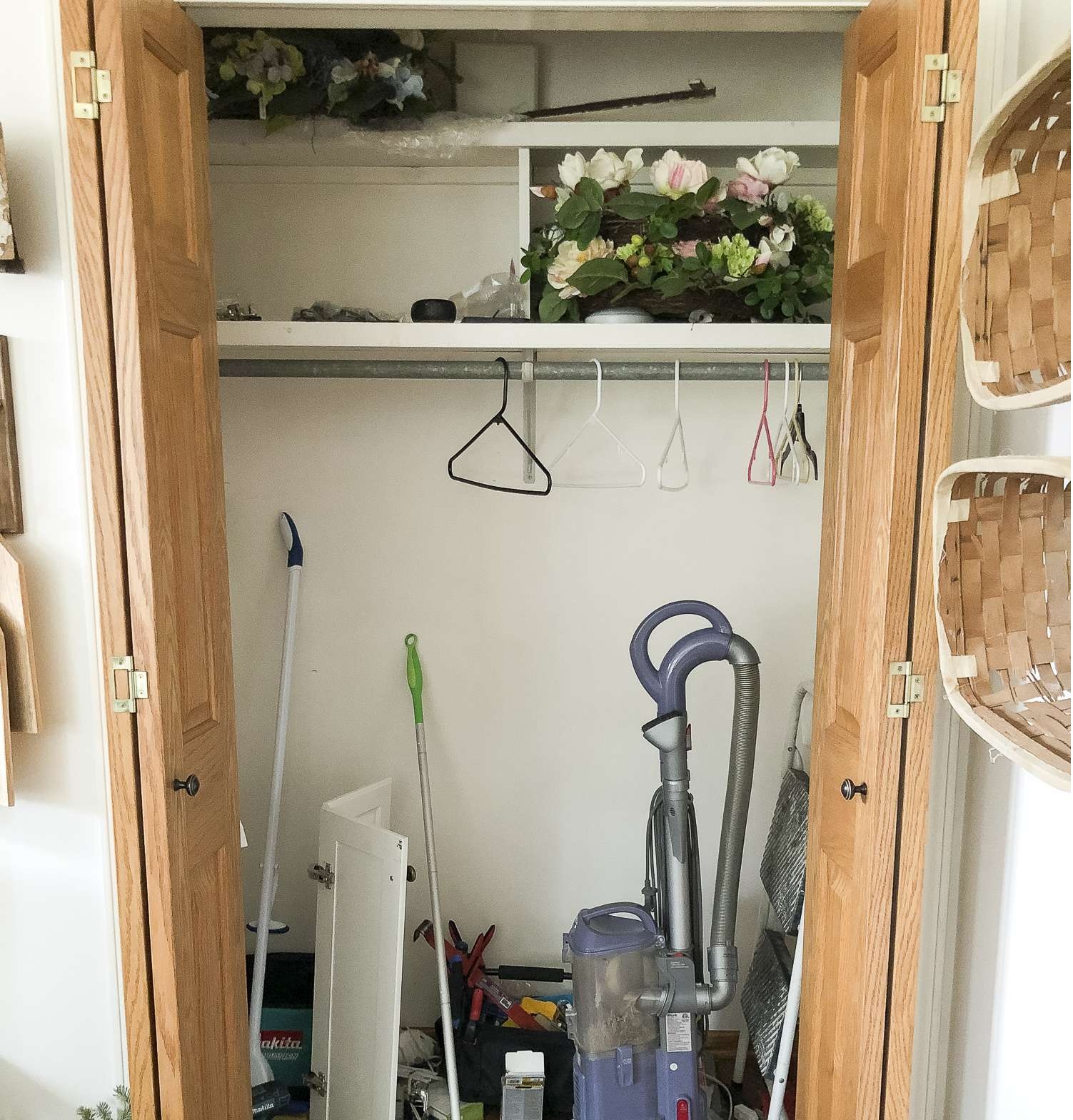
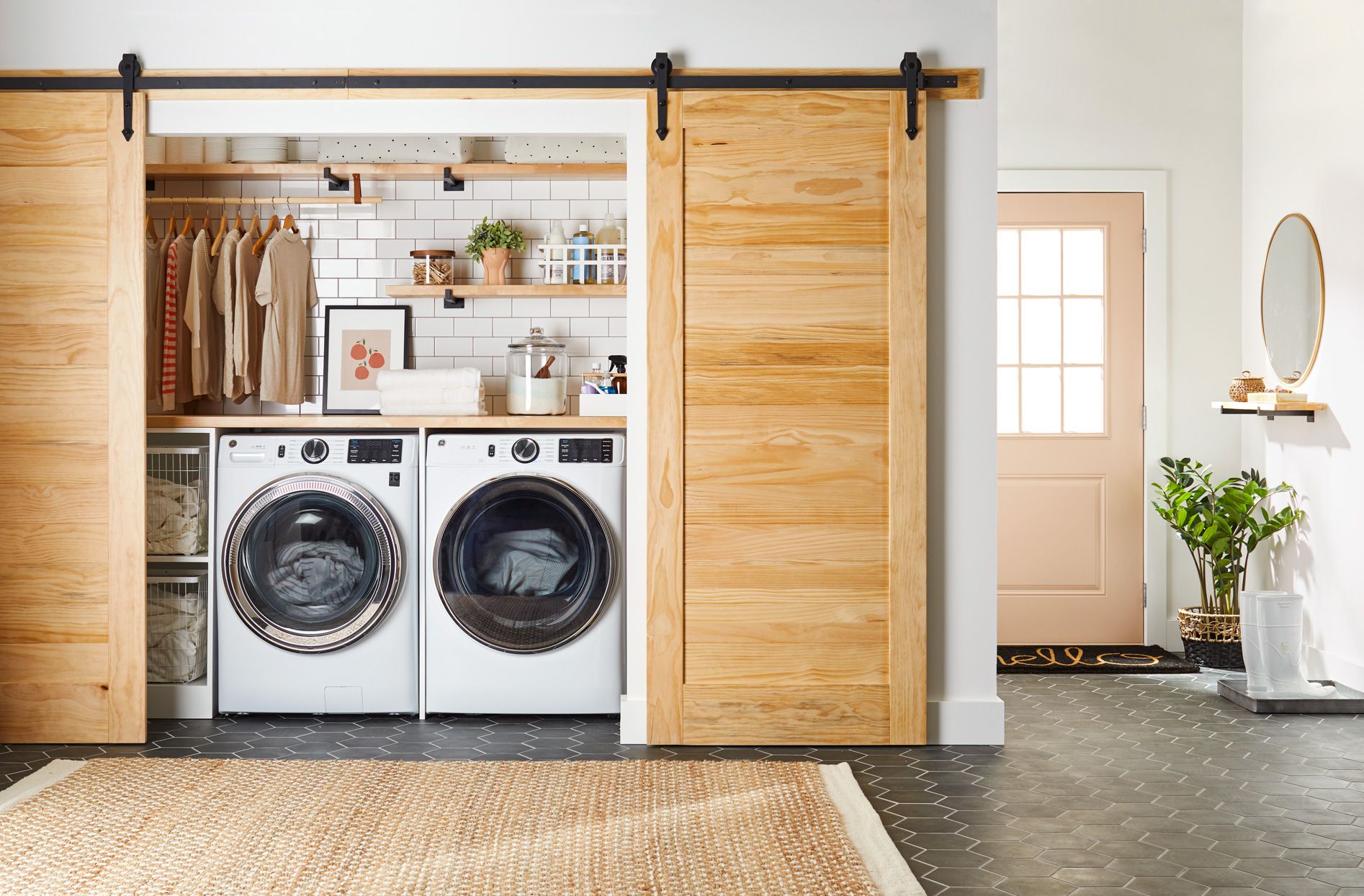

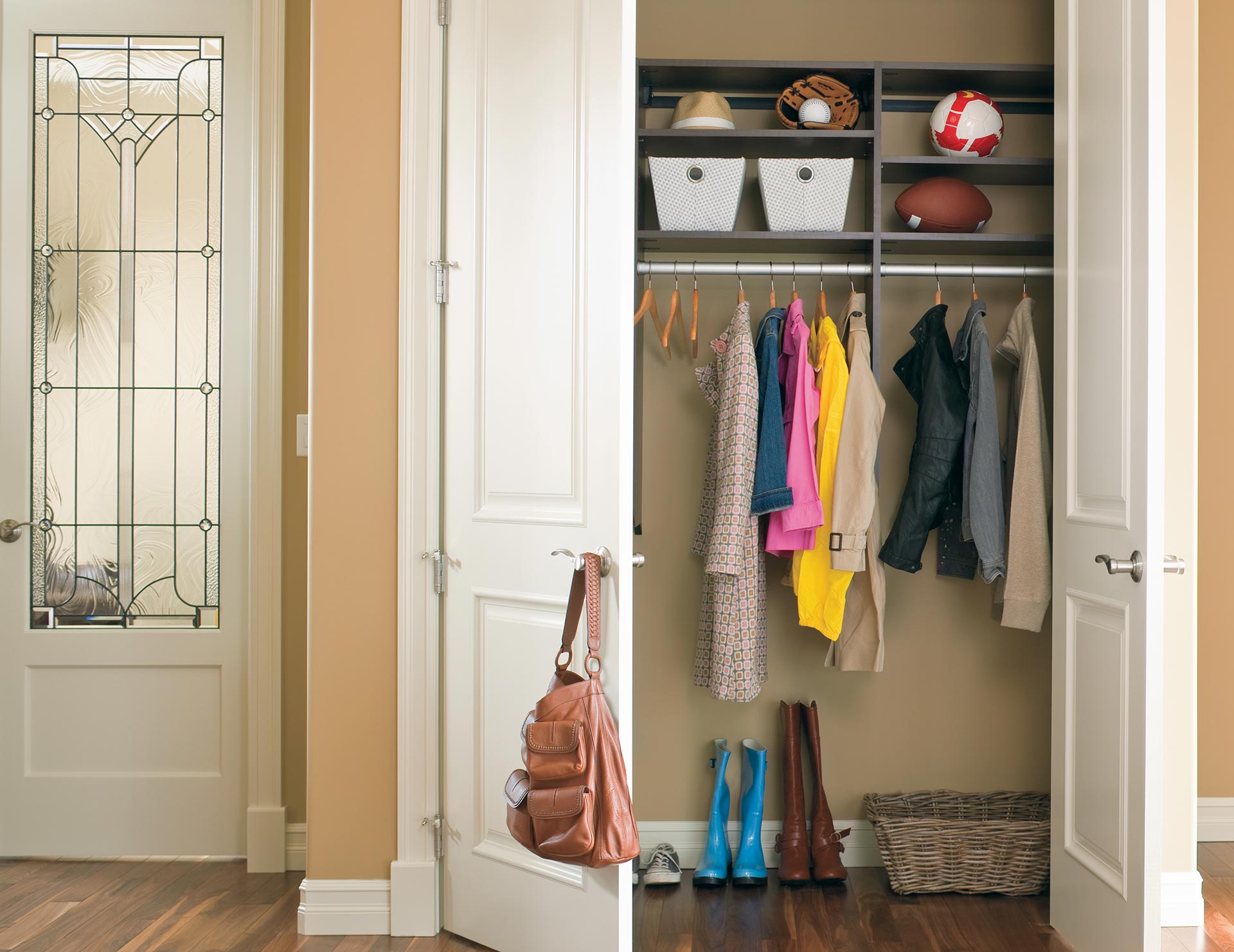



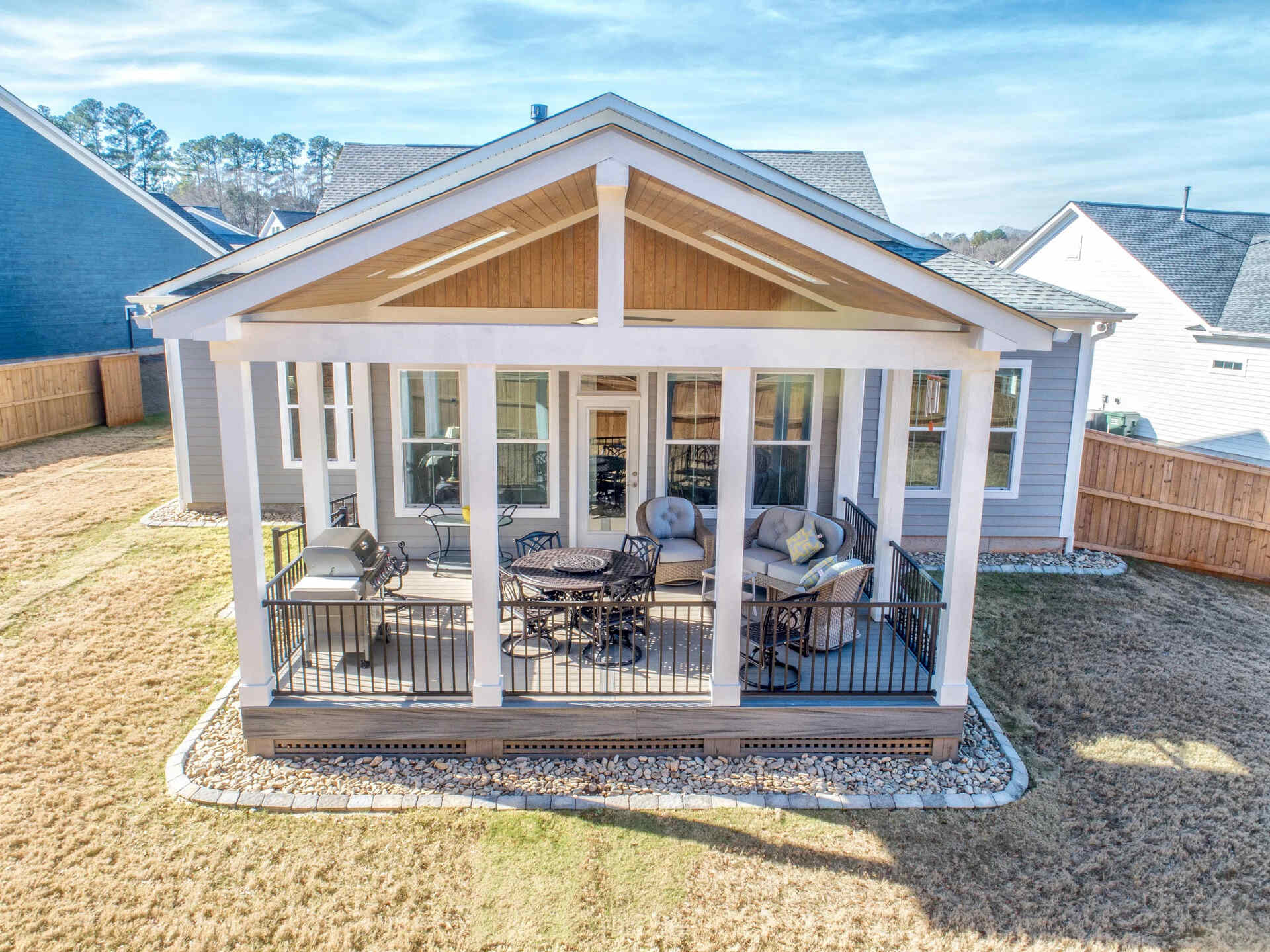
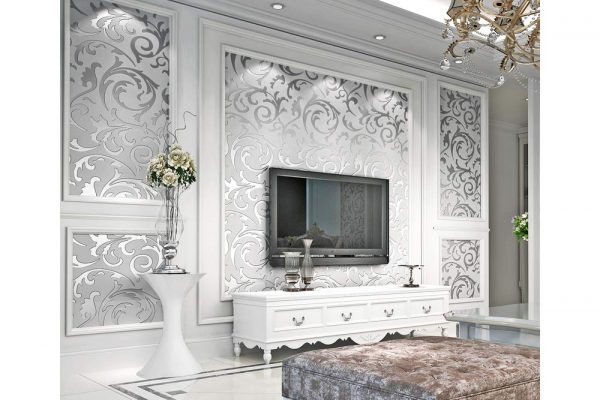
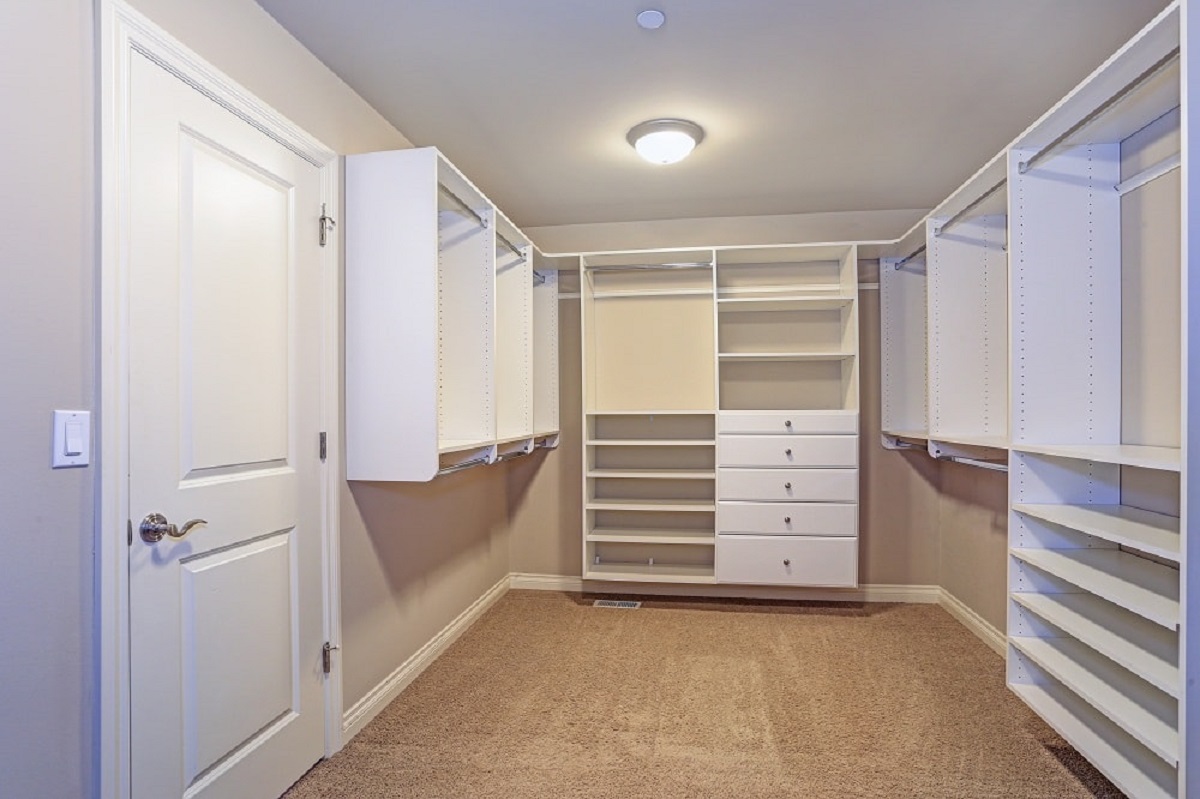
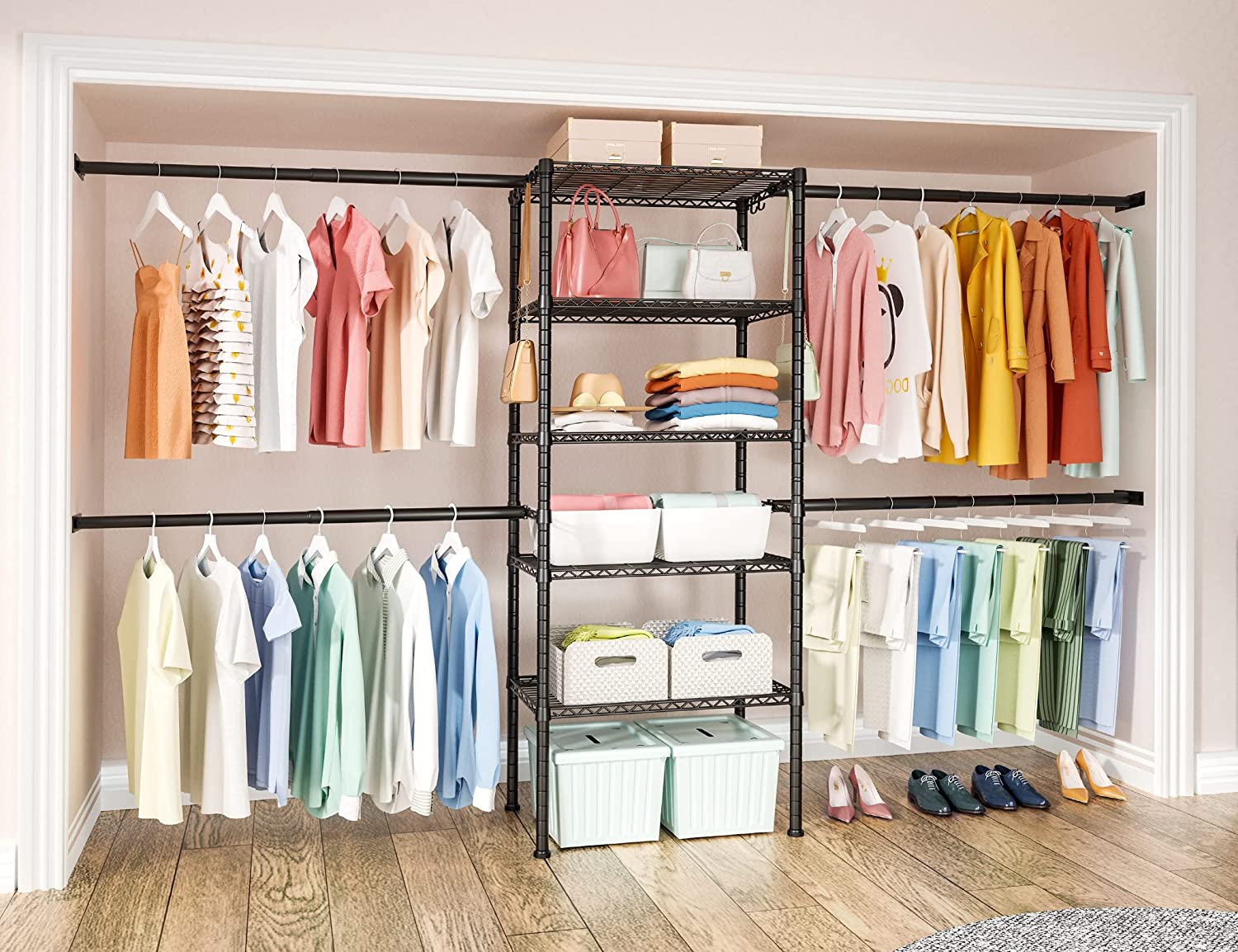
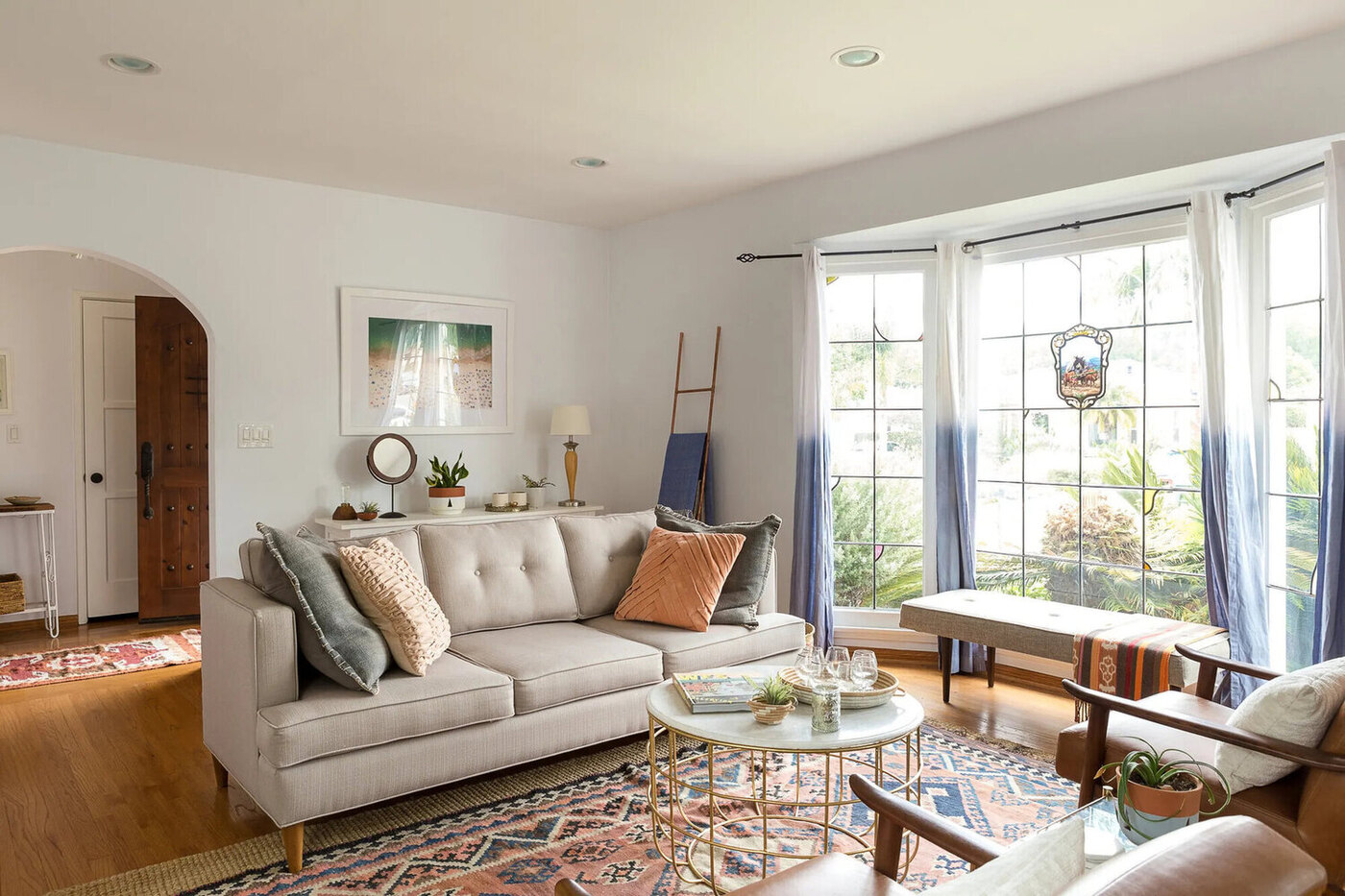

0 thoughts on “How To Design Closets In A House”